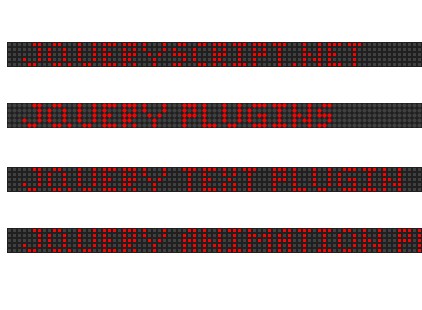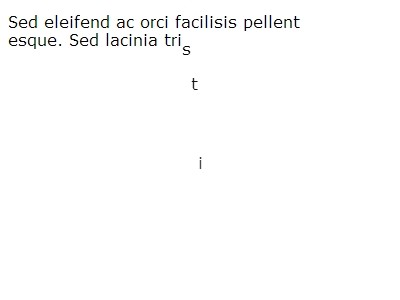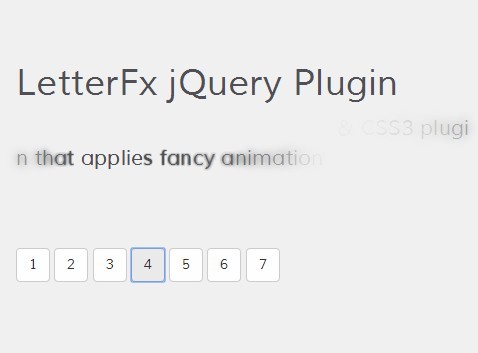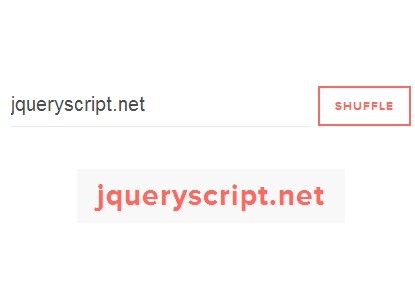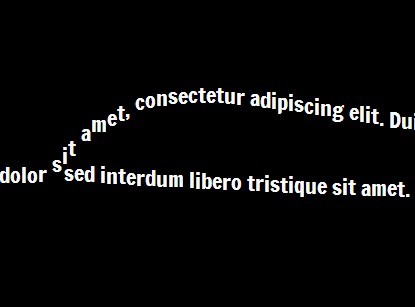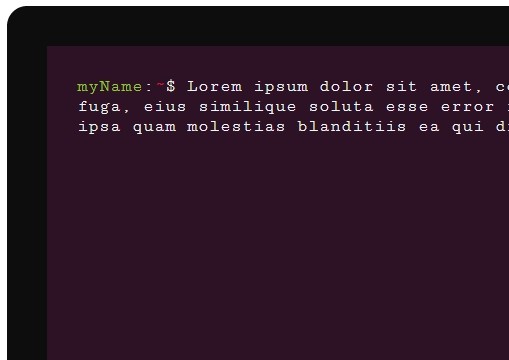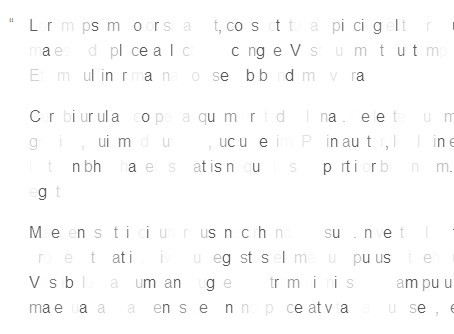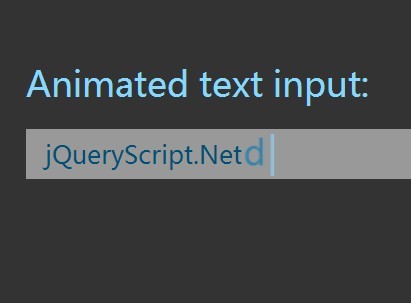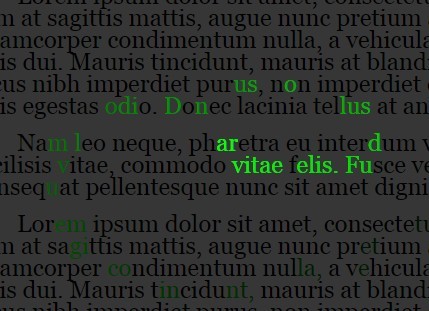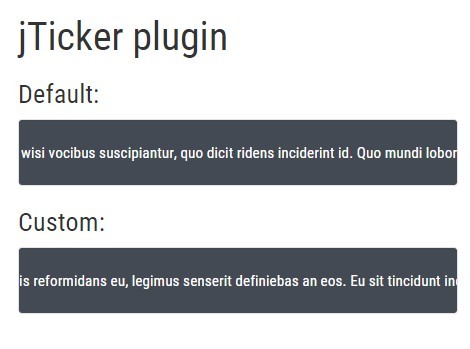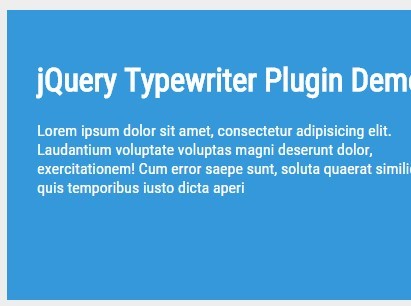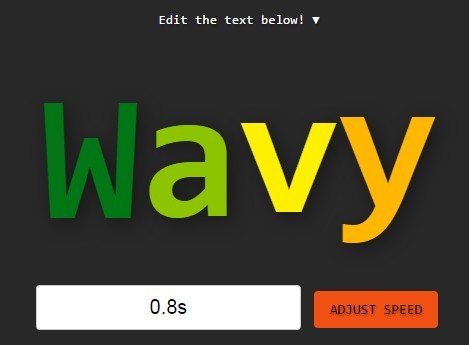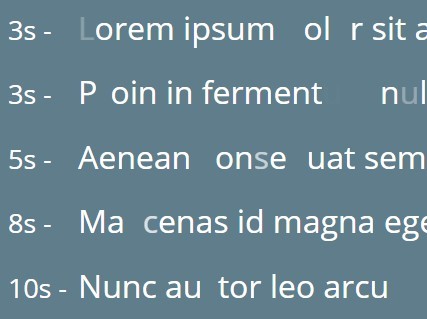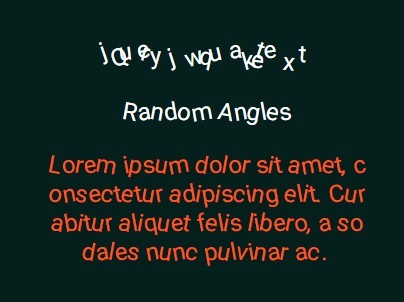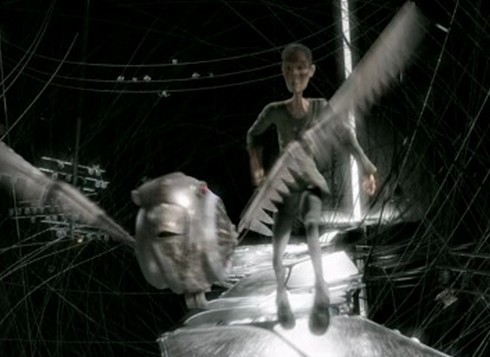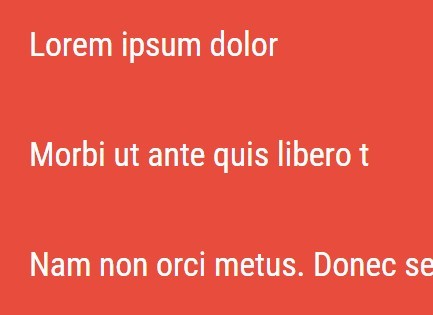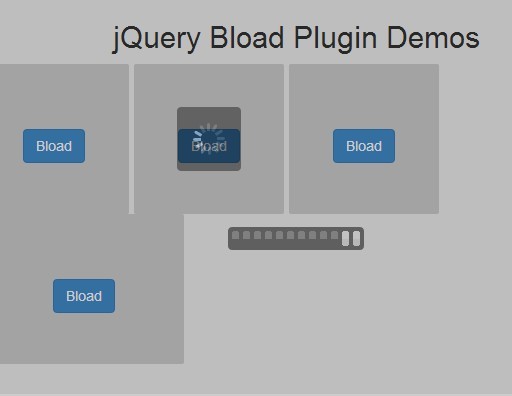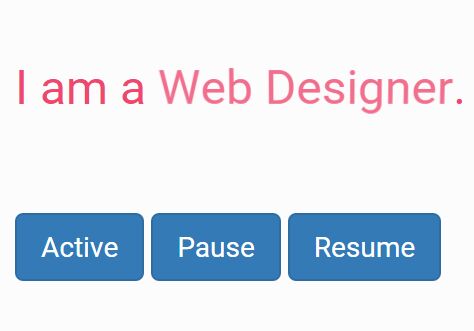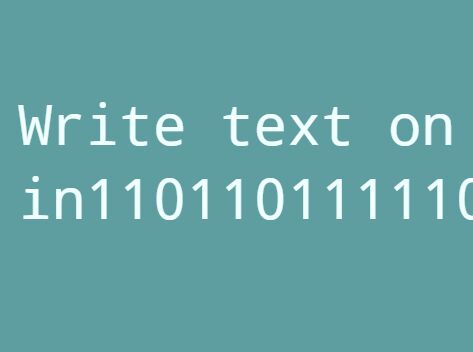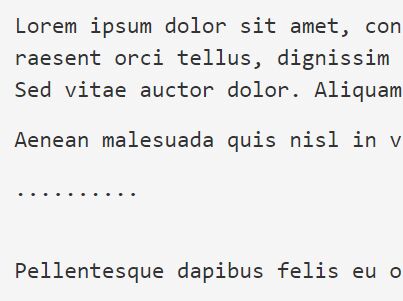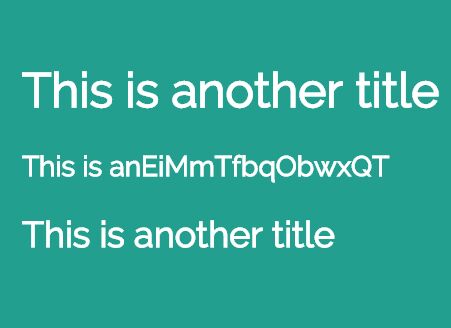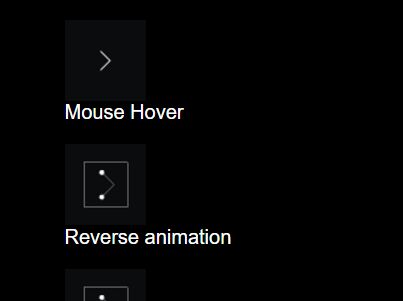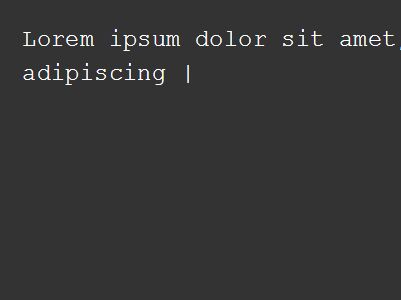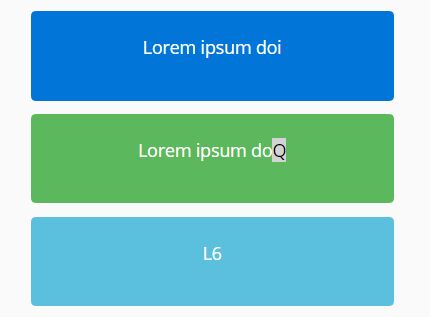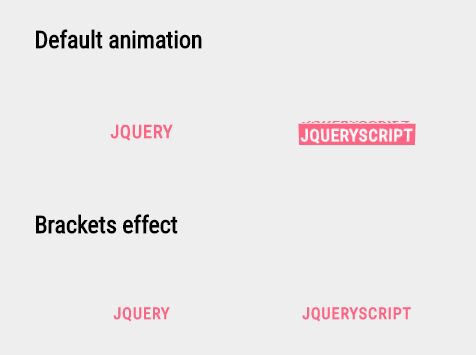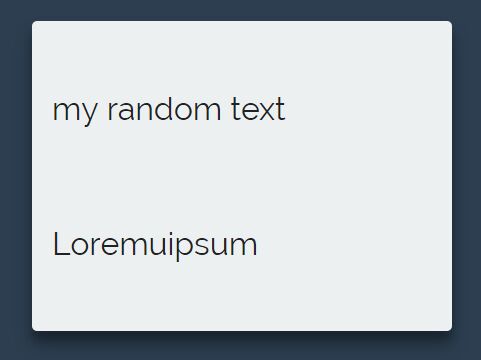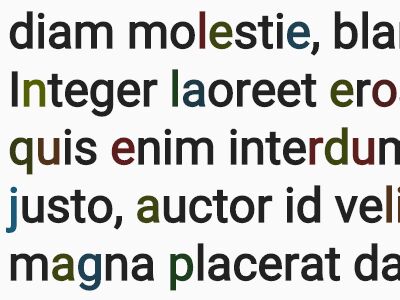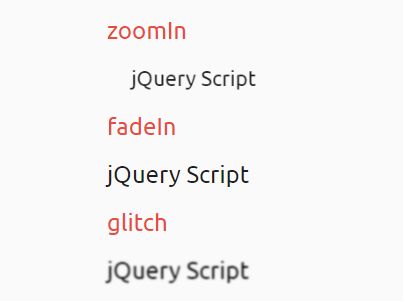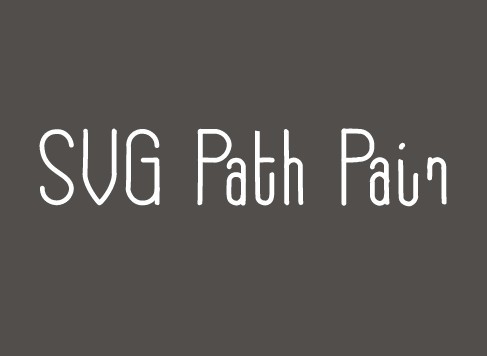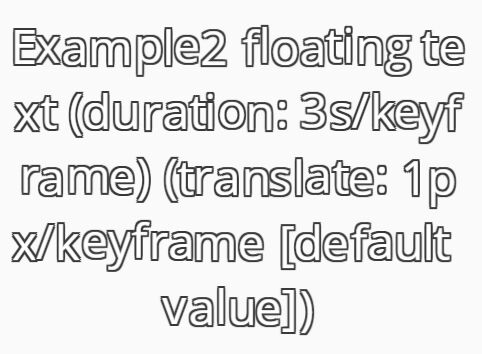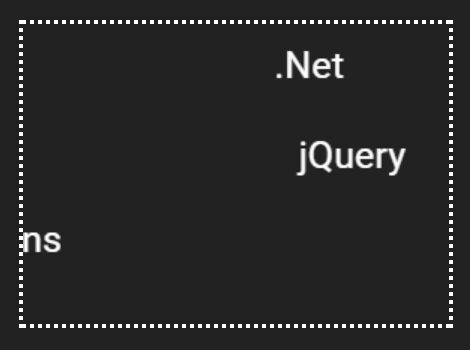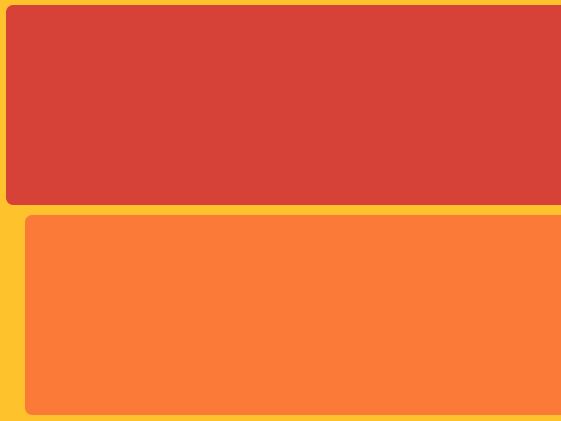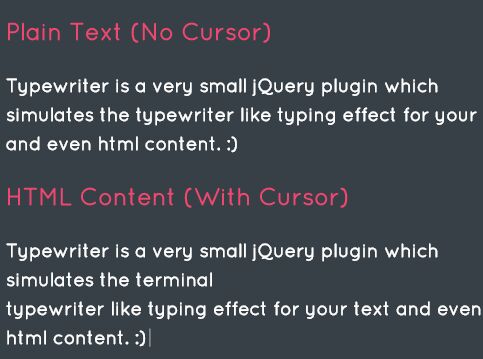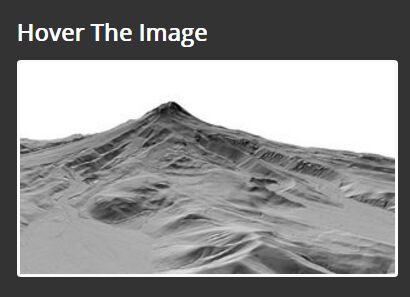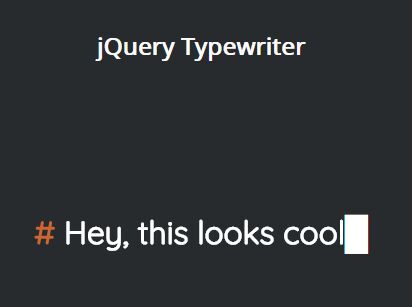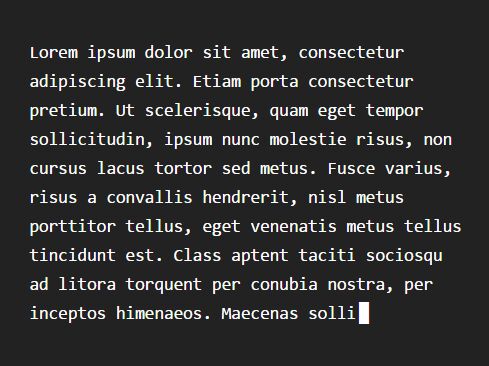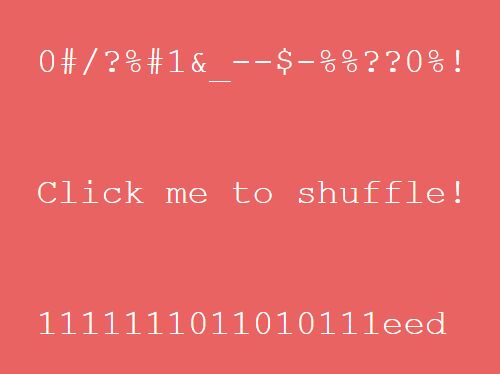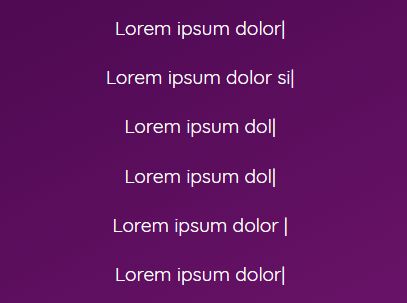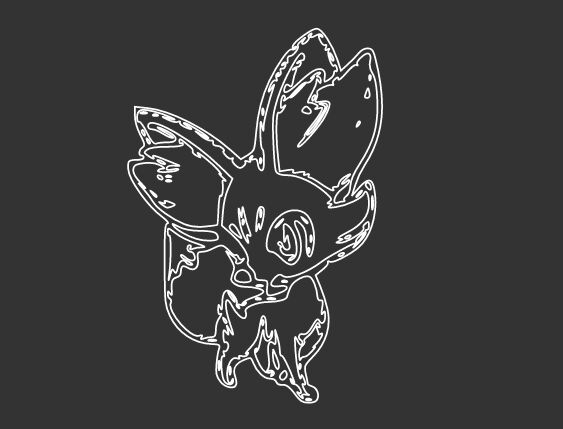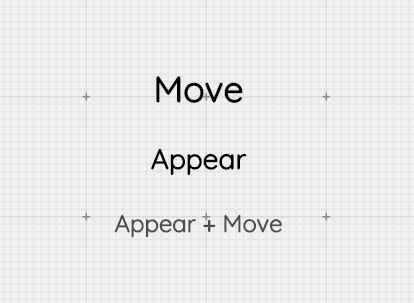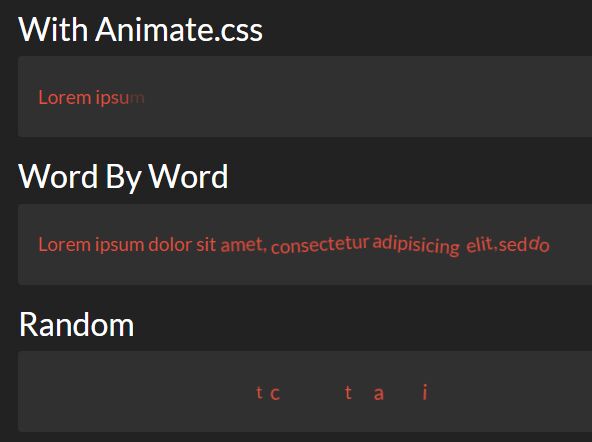#PAXMAN.js
###A Scrolling Engine for making sweet static single paged websites, quickly, and by using HTML markup as config.
##TODO's
- window resize listeners
- incude more css transforms
- x-scrolling background
- scrolling speeds need adjusting to screen dimensions! (real bugger)
##Major Features
- Parallax scrolling for Backgrounds
- Anchor triggered Class additions/removals
- SVG Masking
- Child Vectors
===
###Quick Start
HTML markup
You need a parent container with its CSS position set to relative. Stack your seperate scrolling areas via the section element. If you want Child Vectors, use the special .px-child class notifier.
<div id="container"> <section data-bg="image.png"> <div class="px-child"></div> <div>static content</div> </section> </div> Inline Options no items are required
data-bgThe Path to section background. When Masking a 2nd image may be passed with a comma seperator, to be the image that gets masked into. ie:data-bg="img-1.jpg, img-2.jpg"data-scrolltop, mid, bottom, left, right or reverse are scroll direction behaviours.data-speedSpeed of background parallax scroll.0-1as a decimal.data-heightauto-screen, full-screen, half-screendata-maskPath to anSVGto enable masking.
PX-Child Options
data-fnThe custom function name to assign to this section's child.data-offsetIncomplete - but starting x y co-ords.
=== ###Writing Custom Functions When you have .px-child elements, they act as Vectors, and so can be controlled through harnessing the range fed back on scroll between 0 and 1 from the parent section. You create custom functions like so:
// initialise the module, and get back the extend function var customFeatures = new Paxman(); customFeatures.extend('custom_name', function (item, parent, count){ // [item] by default the current item (px-child) is passed back with all of its data // [parent ]And the parent object is too which supplies the current PERCENTAGE of completion // [count] Also a helpful incremental count is passed back from the scroll listener that makes it useful for sine waves etc. // [item.seed] is a random number that is set be the model and applied to the child so that it can be used to induce randomness. // there are lots more useful bits of data passed back. // The general rule of thumb for animating an object from A to B is // diff = target - start; // currentpos = diff * parent.pct; // You create a style object that you can pass back the following style = { x: float value, y: float value, friction: decimal value, opacity: decimal value, 'background-color': yourAppropriateCSSvalue }; return style; }); Then match your custom function to the child you wish to animate:
<div class="px-child" data-fn="custom_name"></div> <div class="px-child" data-fn="custom_name"></div> <div class="px-child" data-fn="custom_name"></div> You can have plenty of children - all of which will be assigned an id so that your function will iterate through each one making starfields a breeze.

